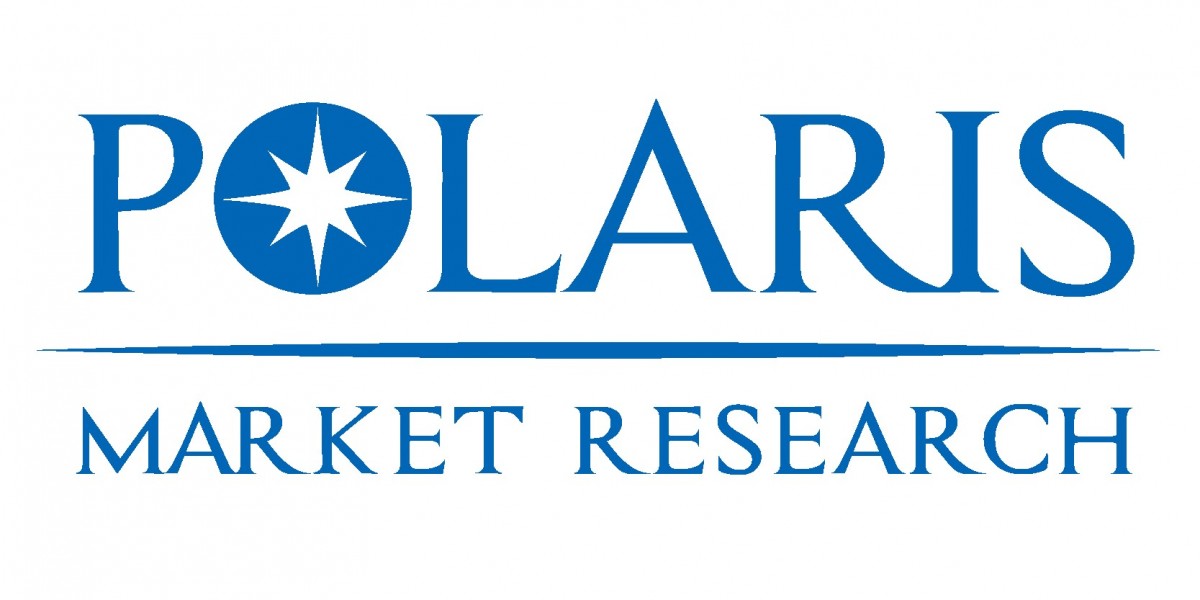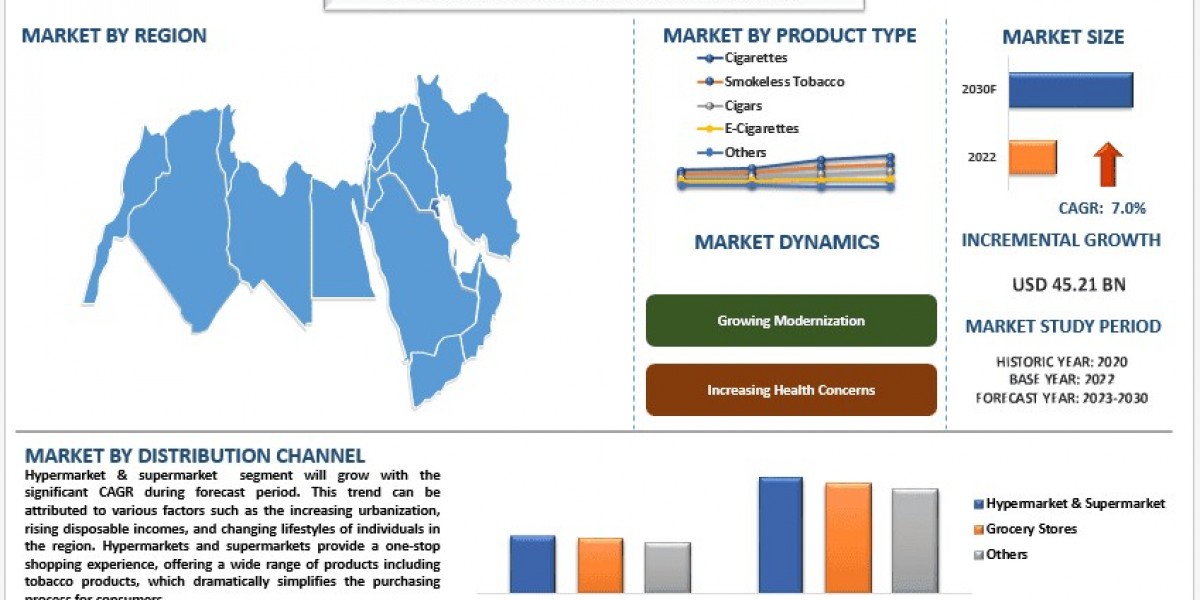Market Overview
The global gasification market, a key pillar of the clean energy transition, is set for robust growth as industries and governments accelerate the shift toward sustainable and low-emission technologies. Valued at USD 475.88 billion in 2023, the market advanced to USD 493.97 billion in 2024 and is projected to achieve USD 758.45 billion by 2032, reflecting a compound annual growth rate (CAGR) of 5.50% during the forecast period (2024–2032).
Gasification—a thermochemical process that converts carbonaceous feedstocks such as coal, biomass, and municipal waste into syngas (synthesis gas)—is gaining traction as a versatile solution for power generation, fuel production, and industrial applications. By enabling waste-to-energy transformation and reducing landfill dependency, gasification also plays a critical role in global sustainability initiatives.
Technological innovations such as integrated carbon capture systems, advanced fluidized bed reactors, and hybrid plants are expanding its applicability, while supportive government policies, emission regulations, and circular economy goals continue to accelerate investment across regions.
Key Market Growth Drivers
- Clean Energy Demand
Rising concerns over climate change and decarbonization targets are compelling industries to replace conventional combustion methods with cleaner technologies. Gasification supports the clean energy transition by generating hydrogen, synthetic natural gas (SNG), and methanol, offering alternatives to fossil-based fuels. - Syngas Production for Industrial Use
Syngas, composed mainly of hydrogen and carbon monoxide, is a critical intermediate for producing chemicals, fertilizers, and fuels. The expansion of petrochemical and fertilizer industries, particularly in Asia-Pacific, is fueling the adoption of gasification technologies. - Waste-to-Energy Solutions
Urbanization and industrialization have amplified solid waste generation. Gasification provides an efficient waste-to-energy pathway, converting municipal solid waste into usable power while reducing landfill volumes. This is particularly valuable for countries seeking sustainable waste management strategies. - Carbon Capture Integration
Governments worldwide are incentivizing the adoption of carbon capture, utilization, and storage (CCUS) in industrial processes. Modern gasification facilities are increasingly integrating carbon capture systems, positioning the technology as a cornerstone of low-carbon industrial growth. - Policy Support and Investment
International agreements on emission reduction, along with financial incentives for renewable and low-carbon technologies, are providing a favorable regulatory environment. National energy transition roadmaps are pushing utilities and industrial operators to adopt gasification as part of their decarbonization toolkits.
Explore The Complete Comprehensive Report Here:
https://www.polarismarketresearch.com/industry-analysis/gasification-market
Market Challenges
Despite its promising trajectory, the gasification market faces certain headwinds:
- High Capital Costs: Setting up large-scale gasification plants requires significant upfront investment, limiting adoption in emerging economies without strong government support.
- Technological Complexity: Advanced designs for feedstock flexibility and emission control demand specialized expertise, increasing operational risk.
- Competition from Renewable Energy: Falling costs of solar, wind, and battery storage challenge gasification’s competitiveness in power generation, though syngas-based applications still hold a unique edge.
Market Segmentation
By Feedstock
- Coal – Still the most widely used feedstock, particularly in regions with abundant reserves such as China and India.
- Biomass & Waste – Growing fastest due to sustainability goals and municipal waste management needs.
- Petroleum Residues – Significant in refineries, where gasification supports by-product utilization.
By Application
- Power Generation – Syngas as a substitute for conventional fuels in combined-cycle plants.
- Chemical Production – Fertilizers, methanol, and ammonia synthesis.
- Fuel Production – Synthetic natural gas, hydrogen, and liquid fuels.
- Waste Management – Municipal and industrial waste-to-energy facilities.
By Technology
- Fixed Bed Gasification – Widely used for coal-based systems.
- Fluidized Bed Gasification – Preferred for biomass and waste due to feedstock flexibility.
- Entrained Flow Gasification – Efficient for large-scale syngas production.
- Plasma Gasification – Emerging technology for high-temperature waste processing.
Regional Analysis
North America:
The U.S. and Canada are witnessing strong investments in waste-to-energy projects and carbon capture integration. Supportive policies, combined with industrial demand for hydrogen and synthetic fuels, continue to drive adoption. Companies like Dakota Gasification Company are at the forefront of large-scale operations.
Europe:
Europe’s stringent emission reduction targets and circular economy goals are accelerating biomass and municipal waste gasification projects. The region is also advancing carbon capture deployment in tandem with syngas-based hydrogen production.
Asia-Pacific:
This region remains the largest and fastest-growing gasification market, led by China and India. Abundant coal reserves, rapid industrialization, and rising demand for fertilizers and fuels underpin growth. Additionally, government-backed clean energy initiatives and waste management programs support biomass and waste gasification.
Latin America:
Investment is increasing in countries like Brazil and Chile, where biomass gasification supports rural electrification and sustainable energy projects. However, the region lags behind Asia-Pacific in large-scale adoption.
Middle East & Africa:
Rich petroleum and coal reserves combined with growing power demand position the region as an emerging player. Gasification is being explored for both industrial energy supply and reducing oil refinery waste through syngas production.
Competitive Landscape
The gasification market is moderately consolidated, with global giants and regional players competing through technology innovation, strategic alliances, and regional expansion. Key players include:
- Air Liquide Ltd. – Leader in industrial gases, investing in hydrogen production from syngas with carbon capture capabilities.
- ANDRITZ Corporation – Strong in biomass gasification solutions with flexible feedstock capabilities.
- Air Products Company – Expanding large-scale syngas and hydrogen projects, including coal-to-syngas facilities in Asia.
- Dakota Gasification Company – Pioneer in coal gasification and synthetic natural gas production.
- EQTEC Pvt. Ltd. – Specializes in modular and scalable waste-to-energy gasification solutions.
- GE Corporation – Provides integrated gasification combined cycle (IGCC) systems and technology partnerships worldwide.
- Larsen & Toubro Limited – Engineering and infrastructure expertise with a growing footprint in industrial gasification projects.
- Mitsubishi Heavy Industries – Focused on coal and biomass gasification technologies, with carbon capture integration.
- Shell Industries – Strong IP portfolio in gasification and syngas technologies, applied in chemical and fuel production.
- Synthesis Energy Systems Inc. – Known for its fluidized bed gasification systems targeting low-grade feedstocks.
- Sedin Engineering Company – Engineering services and solutions provider supporting industrial-scale gasification projects.
Strategic Trends and Opportunities
- Hydrogen Economy Alignment: With hydrogen gaining global momentum, syngas-derived hydrogen from gasification presents a major growth avenue.
- Waste Circularity: Partnerships with municipalities to deploy waste-to-energy gasification plants are expanding.
- Decentralized Systems: Modular gasification units for small-scale and rural power generation are becoming commercially viable.
- Carbon Capture Synergies: Integration of carbon capture technologies ensures compliance with net-zero policies, attracting government subsidies.
- Digitalization & AI: Deployment of digital twins and predictive analytics is improving plant efficiency, safety, and predictive maintenance.
Conclusion
The global gasification market, valued at USD 475.88 billion in 2023, continues to expand steadily, projected to reach USD 758.45 billion by 2032 at a CAGR of 5.50%. As industries and governments pursue decarbonization, gasification offers unique advantages—flexibility of feedstock, scalable syngas production, and potential integration with carbon capture technologies.
While competition from renewables poses challenges, gasification remains indispensable for heavy industry, chemical manufacturing, and waste-to-energy applications. Players that combine technological innovation with sustainability-focused strategies will lead the transition.
More Trending Latest Reports By Polaris Market Research:
Clinical Trial Biorepository & Archiving Solutions Market
Pulmonary Arterial Hypertension Market
Next Generation Sequencing (Ngs) Market
C-Reactive Protein Testing Market
C-Reactive Protein Testing Market
Pulmonary Arterial Hypertension Market
Clinical Trial Biorepository & Archiving Solutions Market
Next Generation Sequencing (Ngs) Market
C-Reactive Protein Testing Market








